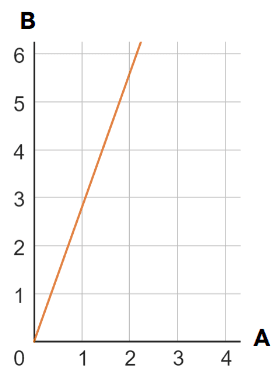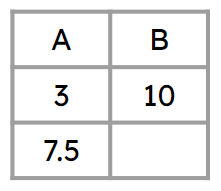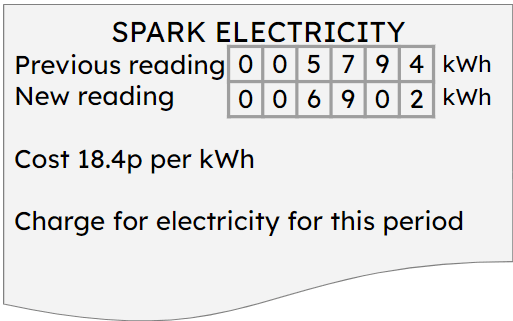Myths about teaching can hold you back
Learn why
New
New
Lesson 1 of 9
- Year 11
- Foundation
Checking and further securing understanding of direct proportion in context
I can recognise direct proportion in a range of contexts, including compound measures.
Lesson 1 of 9
New
New
- Year 11
- Foundation
Checking and further securing understanding of direct proportion in context
I can recognise direct proportion in a range of contexts, including compound measures.
These resources were made for remote use during the pandemic, not classroom teaching.
Switch to our new teaching resources now - designed by teachers and leading subject experts, and tested in classrooms.
Lesson details
Assessment exit quiz
Download quiz pdf






